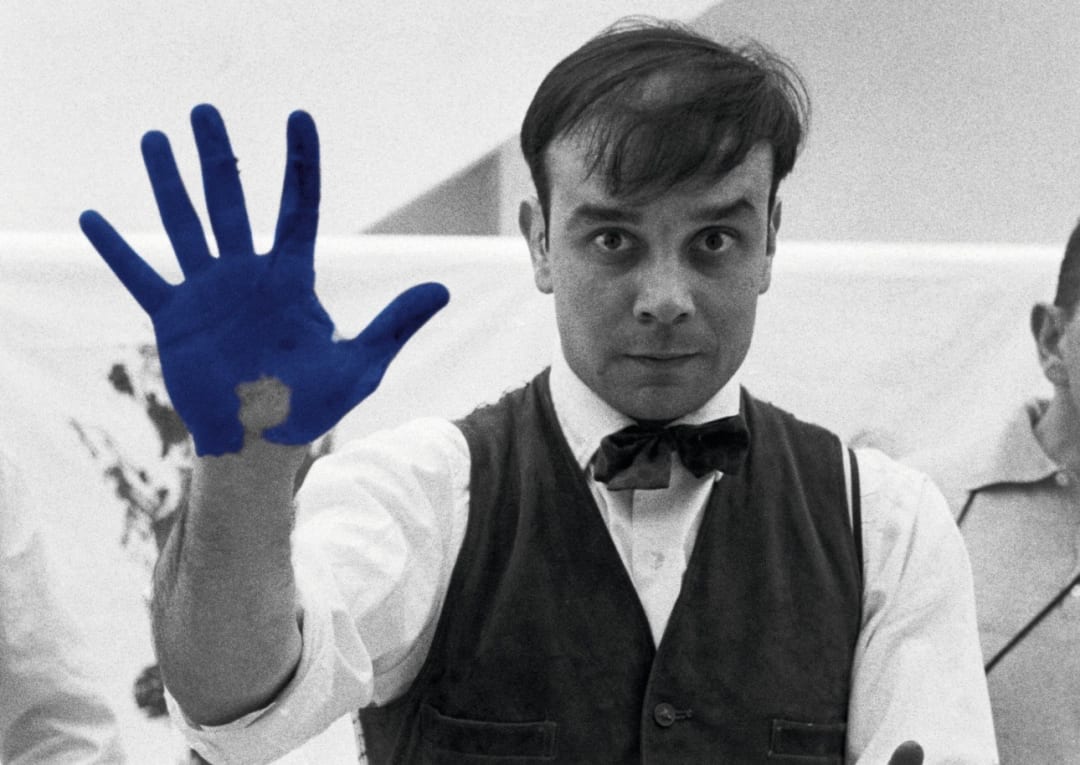Yves Klein (1928-1962) was a groundbreaking French artist and pivotal figure in post-war European avant-garde art. Born in Nice, Klein emerged as a visionary who challenged conventional ideas of painting and artistic expression. He is best known for pioneering the use of a singular, patented shade of blue—International Klein Blue (IKB)—which became his signature. Klein’s fascination with the immaterial and spiritual aspects of art led him to explore innovative methods, infusing his work with ideas of transcendence and metaphysics.
Klein’s Blue Monochrome series established him as a leader of the Nouveau Réalisme movement, which emphasized an engagement with reality and bridged art and life. His work, characterized by uniform fields of ultramarine blue, evoked a sense of the infinite and aimed to provoke an emotional and meditative response from the viewer. In addition to painting, Klein's explorations included performance art, as seen in his “Anthropometries,” where he used living models as “brushes” to apply paint, creating visceral and dynamic pieces that integrated body and canvas.
Klein was also a pioneer in conceptual art, exemplified by his Leap into the Void (1960), a photomontage symbolizing his defiance of physical constraints. His early death at the age of 34 did not diminish his impact; instead, it cemented his mythic status. Yves Klein’s legacy endures as that of a radical thinker who expanded the boundaries of what art could be, influencing movements like Minimalism and performance art while leaving an indelible mark on modern art history.
